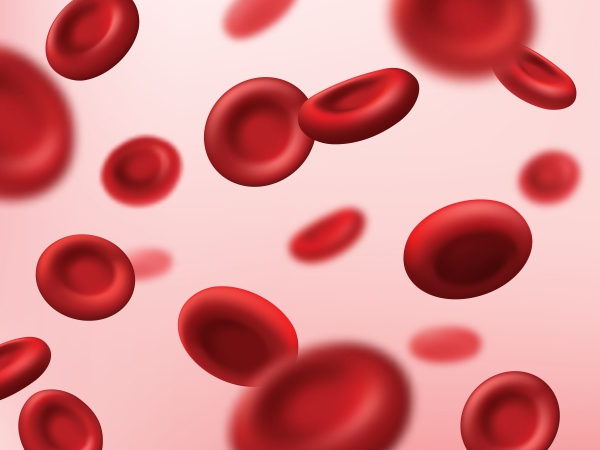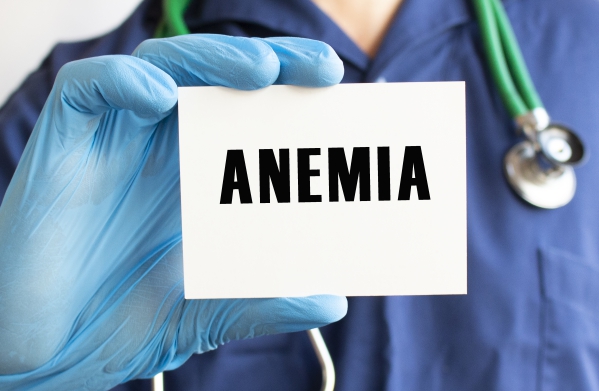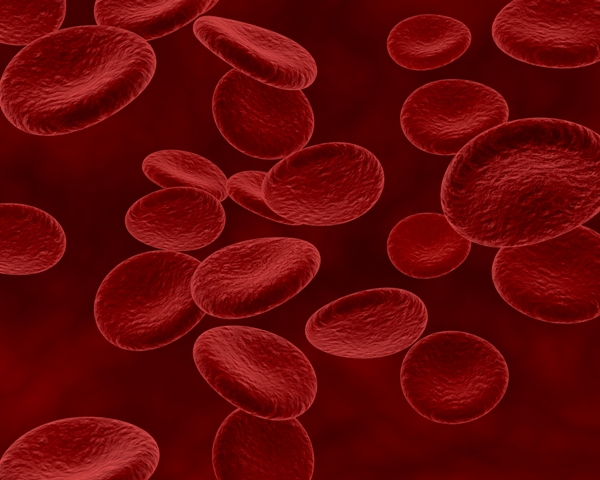What is sickle cell anaemia?
Sickle cell anaemia (SCA) is a genetic disorder resulting from the presence of a mutated form of haemoglobin. Haemoglobin is a protein molecule which is found in red blood cells (RBCs) and is responsible for carrying oxygen to all parts of the body. The red blood cells of people affected by this condition have a characteristic sickled shape or crescent moon shape. This abnormal shape prevents the RBCs to move easily within blood vessels and get stuck which may slow down or block blood flow and oxygen delivery to certain parts of the body.
In the United States, the sickle gene is present in around 8% of black Americans and affects 1 in 625 persons at birth. In addition, it is the most common inherited blood disorder in the US. In several sections of Africa, the incidence of SCA is as high as 30%.
The only possible cure to SCA is bone marrow transplant. However, it is not done routinely as there are significant risks involved. There are other treatment options that are available to relieve your signs and symptoms and prevent the onset of complications.
What causes sickle cell anaemia?
SCA is a genetic condition that occurs when 2 mutated haemoglobin genes (HbS) are inherited, one from each parent, which results in production of abnormal RBCs. These RBCs are rigid, sticky and sickled shape which reduces the capacity of RBCs to deliver oxygen efficiently to all parts of the body.

However, if only one parent passes the sickle cell gene to their child, that child is said to have the sickle cell trait, meaning that he/she will have both normal haemoglobin and sickle cell haemoglobin. These people usually do not have any signs and symptoms. However, they are carriers of the disease and may eventually pass down the mutated gene to their child.
What are the signs and symptoms of sickle cell anaemia?
The signs and symptoms of SCA varies and usually become apparent after 5 months of age and include:
- Anaemia: The abnormal RBCs are easily broken and die, resulting in an excessively lower quantity of RBCs to be able to provide an adequate amount of oxygen to all parts of the body. RBCs usually live for 120 days before they are replaced. However, sickle cells die after 10-20 days, resulting in a shortage of RBCs (anaemia).
- Pain: A major symptom of SCA is episodes of pain, called pain crises. This occur when the sickle cells get blocked in tiny blood vessels in your chest, joints or abdomen. The pain may last for a few hours to a few weeks. In certain cases, bone pain may also be present.
- Swollen hands or feet: This occurs when the sickle cells block the blood flow to your hands and feet.
- Delayed puberty or growth: As this condition results in a decreased delivery of oxygen and nutrients, it may affect the development of the affected person.
- Frequent or recurrent infections: This condition affects your spleen which makes you more prone to infections.
- Vision problems: The sickle cells may block the tiny blood vessels in your eyes, resulting in damage of your retina- this structure processes visual images- which causes vision problems.


Making a diagnosis
To make a diagnosis, you doctor will take a detailed history from you to know more about your symptoms. After the history taking, your doctor will perform a thorough physical examination to look for signs of SCA. To confirm the diagnosis, your doctor will order some tests and these include:
- Screening for haemoglobin S (HbS): This test is currently mandatory in the United States.
- Complete Blood Count (CBC): A CBC is done to assess the level of your haemoglobin.
- Liver function test (LFT): This test is done to assess whether your liver is functioning properly.
- Urinalysis: This test involves your doctor taking a sample of urine to test it for glucose, blood in urine or urinary tract infections.
- Blood culture: A blood culture is done to assess whether there is any infection in your bloodstream.
- Chest radiography: This test may show if there are blood vessels that have been blocked or any fluids that are accumulating within the lungs.
- Magnetic Resonance Imaging (MRI) scan: People suffering from bone pain may require an MRI scan to assess whether his/her bone has been affected due to a problem with the blood supply.
- Computed Tomography (CT) scan: A CT scan may be useful to demonstrate regions of bone death (osteonecrosis) which may not be apparent on plain radiographs.
- Nuclear medicine scans: This test may be also be used to detect regions of bone death.
- Transcranial Doppler Ultrasonography (TCD): TCD is used to assess the blood flow in the brain as people with SCA are at increased risk of having a stroke.

What are the treatments of sickle cell anaemia?
The only possible cure for SCA is bone marrow transplant which is also known as stem cell transplant. The management of SCA is mainly aimed at relieving episodes of pain or other symptoms and preventing complications, these include:
- Pain killers: Narcotics can be used to relieve the pain associated with SCA.
- Hydroxyurea: The frequency of pain episodes may be reduced by taking daily hydroxyurea. In addition, it may also help to reduce the need for hospitalizations and blood transfusions. This drug should not be taken if you are pregnant.
- Crizanlizumab: This medication is usually given through your vein and it help to reduce the frequency of painful episodes. However, it is associated with side effects such as fever, back pain, nausea and joint pain.
- L-glutamine oral powder: This drug is also used to reduce the frequency of painful episodes.

What are the complications of sickle cell anaemia?
If SCA is left untreated, the following complications may ensue:
- Acute chest syndrome: Blocked lung blood vessels from sickle cells or a lung infection may be life-threatening resulting in chest pain, difficulty breathing and fever. This is a medical emergency.
- Stroke: A stroke may occur if sickle cells block the blood flow to an area of your brain which causes signs and symptoms such as sudden speech difficulty, seizures, weakness of your arms and legs and loss of consciousness. This condition is life-threatening.
- Organ damage: Inadequate blood flow to organs may damage nerves and organs which could be deadly.
- Pulmonary hypertension: SCA can cause the blood pressure inside your lungs to increase, resulting in signs and symptoms such as shortness of breath and malaise. If this condition is left untreated, it could be deadly.
- Blindness: If sickle cells block the blood flow to your eyes, eventually it can permanently damage your eye, leading to blindness.
- Gallstones: When RBCs are broken down, a substance called bilirubin is produced. Bilirubin in high levels increases your risk of developing gallstones.
- Priapism: Men suffering from SCA can have long-lasting and painful erections due to sickle cells blocking the blood vessels in the penis. This can eventually lead to impotence.
- Complications during pregnancy: SCA can cause miscarriages, premature births, low birth weight babies and high blood pressure.

Expectations (prognosis)
The goal of the management of SCA is to give the affected person a normal life span with minimal complications. Unfortunately, all people suffering from this condition will eventually develop problems in multiple organ systems. Mortality rate is quite high in early childhood years. However, since the introduction of the drug penicillin and pneumococcal vaccination, childhood deaths have decreased. The most common cause of death is acute chest syndrome. Fortunately, the treatment of SCA nowadays allow people to live longer with minimal complications.

Source:
J. Alastair, I. and Simon, M., 2016. Davidson's Essentials of Medicine. 2nd ed. London: ELSEVIER.
Parveen, K. and Michael, C., 2017. Kumar & Clarks Clinical Medicine. 9th ed. The Netherlands: ELSEVIER.
Maakaron, J., 2020. Sickle Cell Anemia/
Strouse J. Sickle cell disease. Handb Clin Neurol. 2016. 138:311-24.
Sedrak A, Kondamudi NP. Sickle Cell Disease. 2020 Jan.






